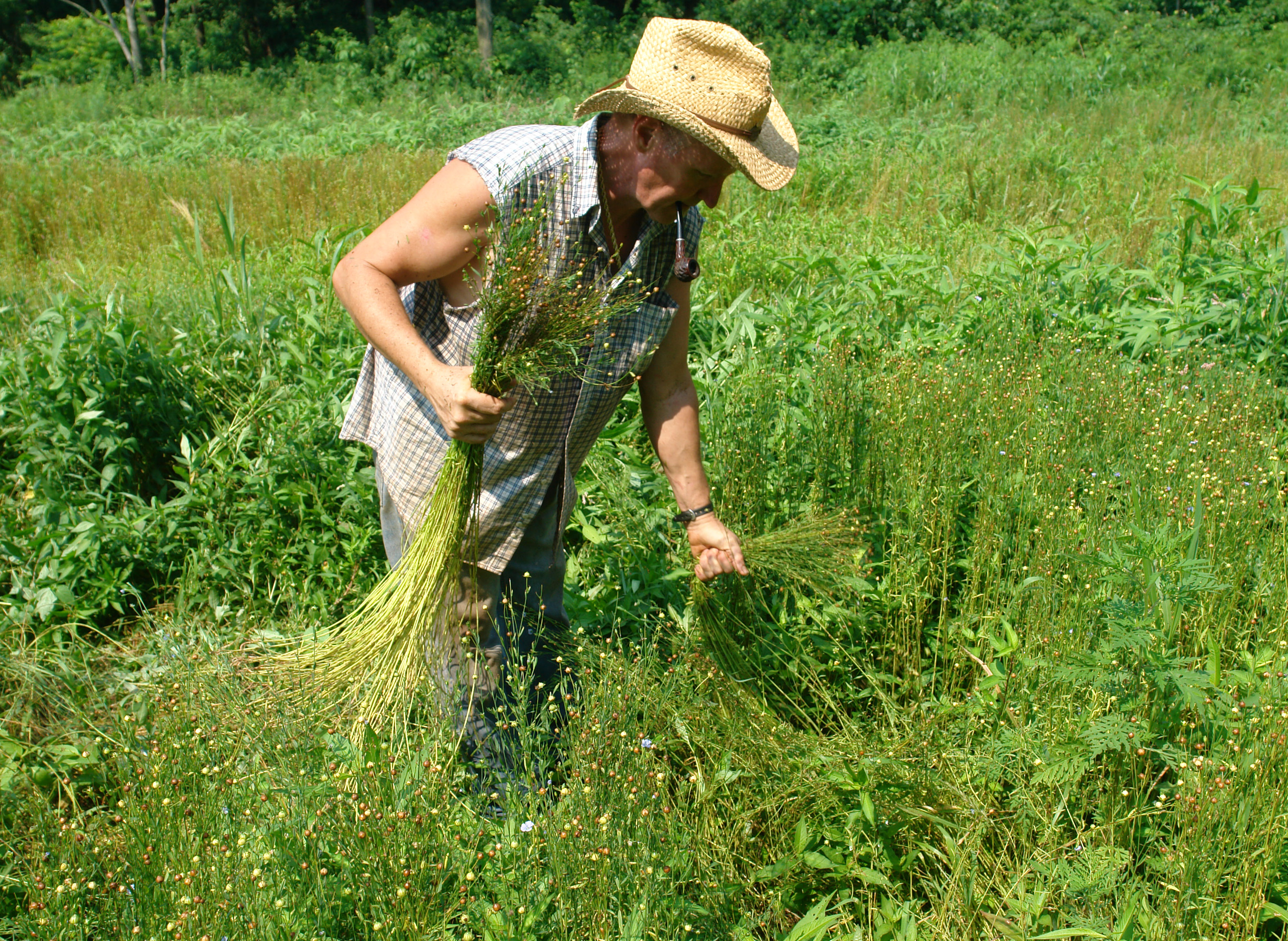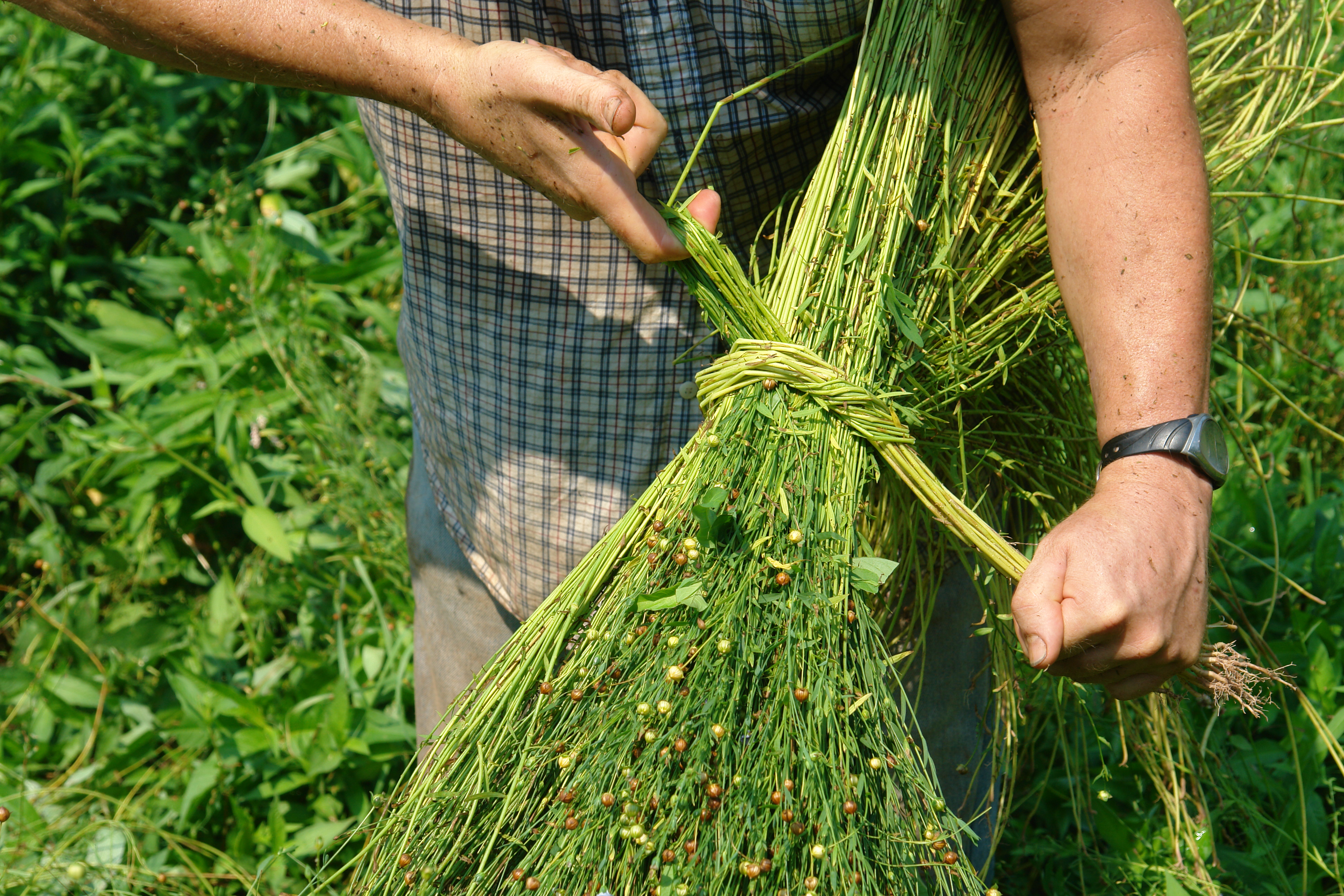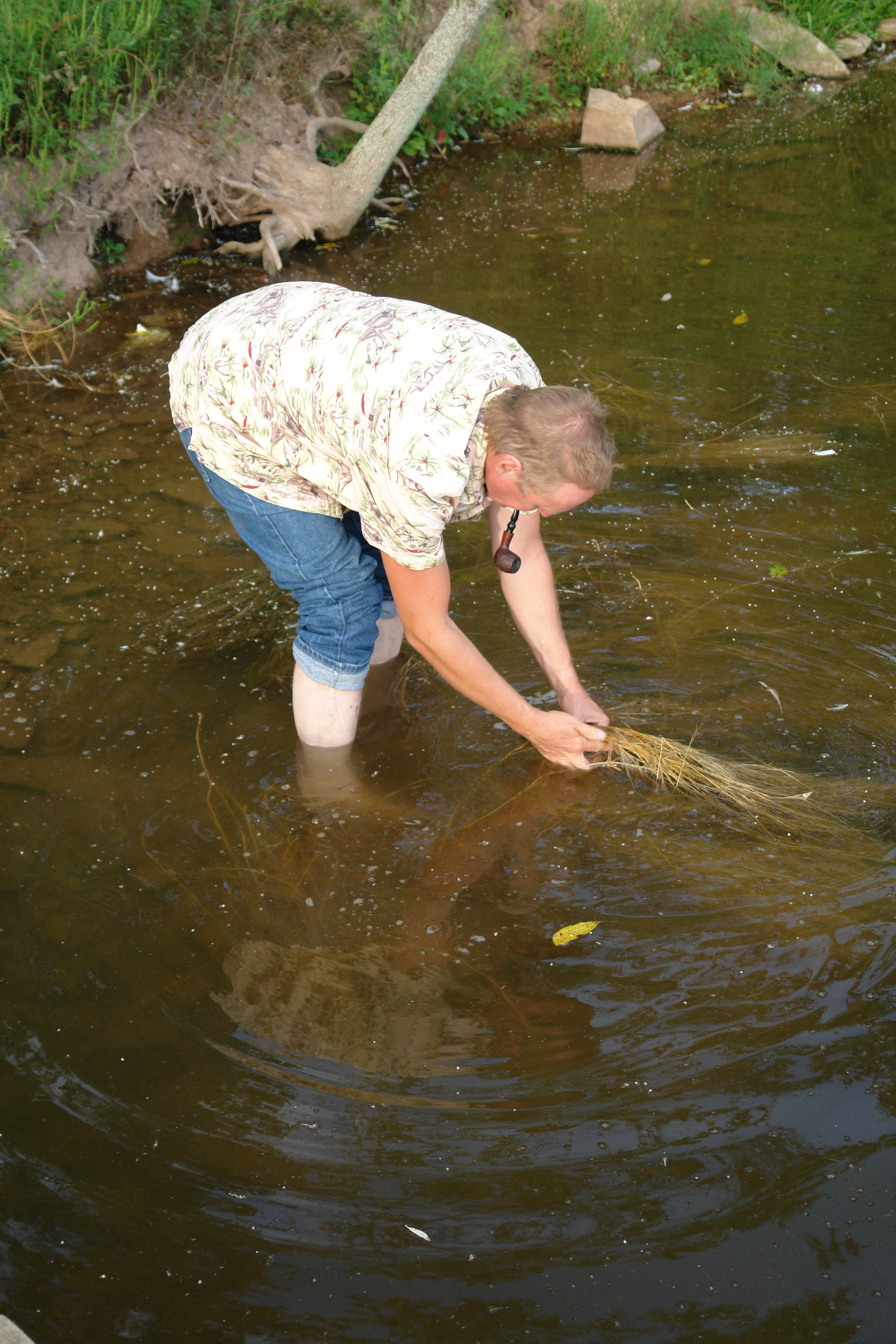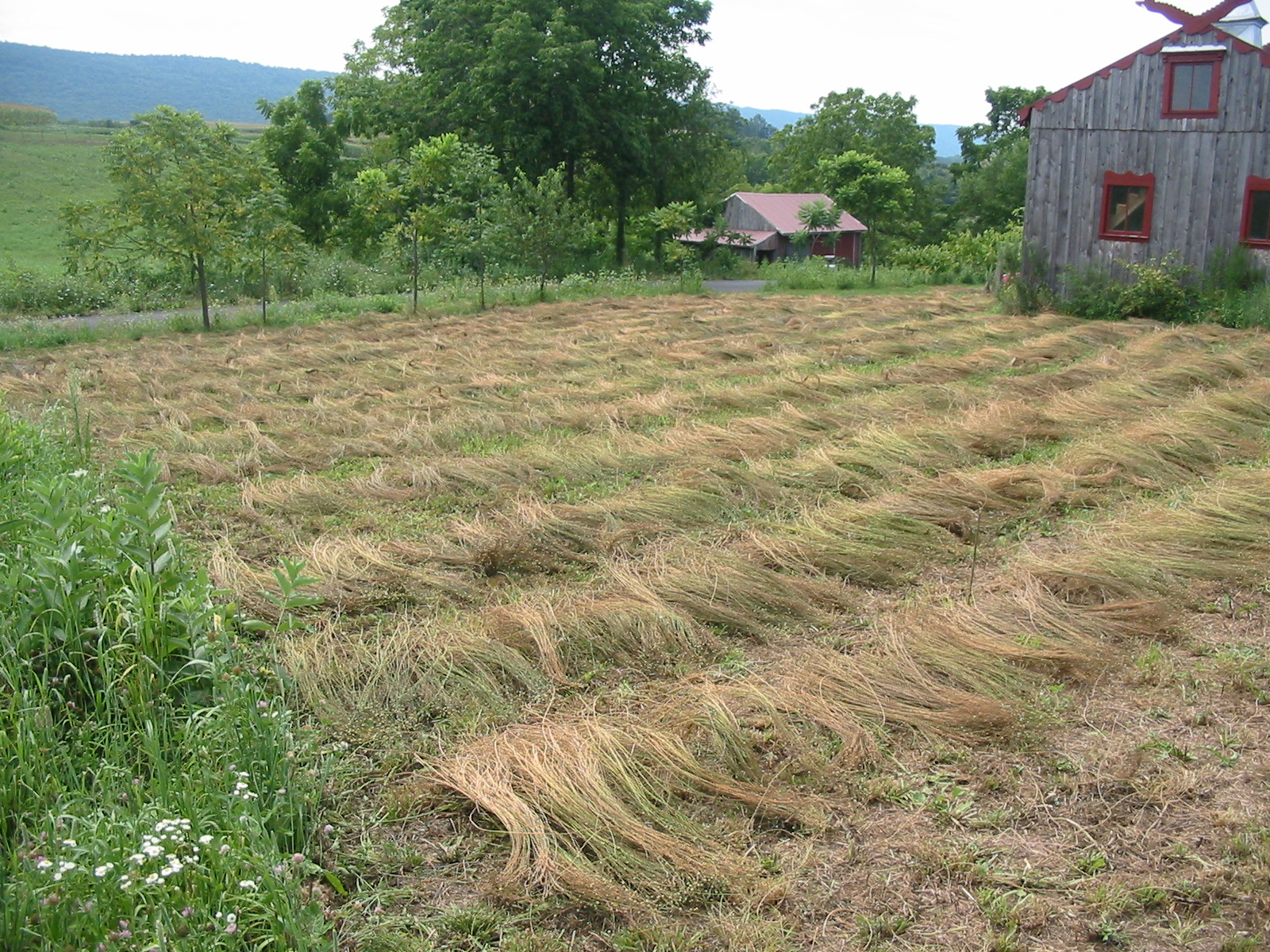|
|
|
Flax was one of the earliest cultivated crops. The original wild version may have come from the Middle East, though it was also found in Europe. More than 10,000 years ago in the Swiss Lake region, for example, the entire green stalk was used for making baskets, much like rye straw baskets today. In fact, "flax" means to plait or braid to make baskets.Over winter, the stalks would rot and the long fibers that keep the plant upright would be freed from the stalk and could easily be twisted between the fingers into thread for sewing hides together into primitive clothing. |
|
|
||||||||||||||||||||||||||||||||
|
|
|
|
|
|
|
|
||||||||||||||||||||||||||||||||||||||||||||||||||||||||||||||||||||||||||||||||||||||||||||||||||||||||||||||||||||||||||||||||||||||||||||||||||||||||||||||||||||||||||||||||||||||||||||||||||||||||
| [Flax 4 Sale] [Flax Story] [Flax Process] [Final steps] [The Store] [Big Flax Book] [Flax Songs] [To Water Ret] |









